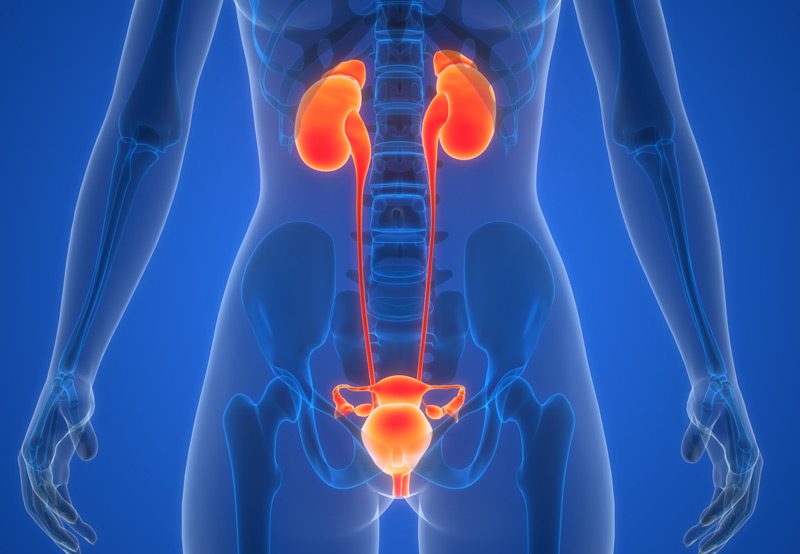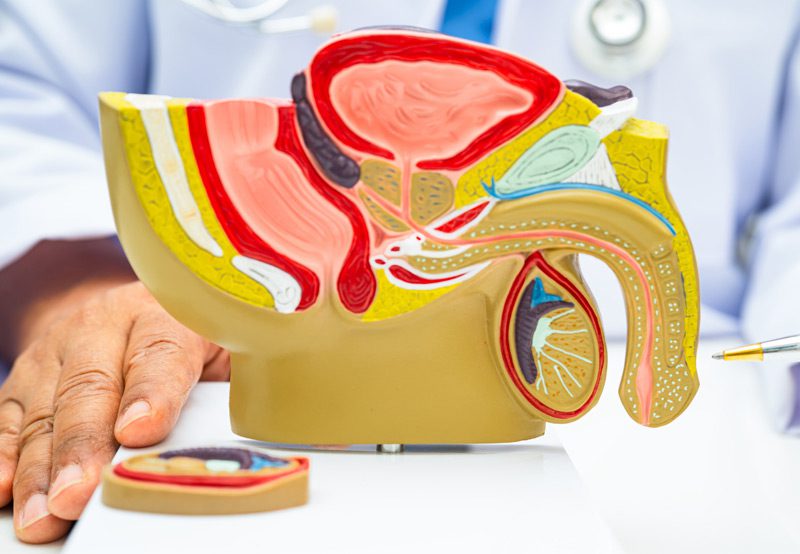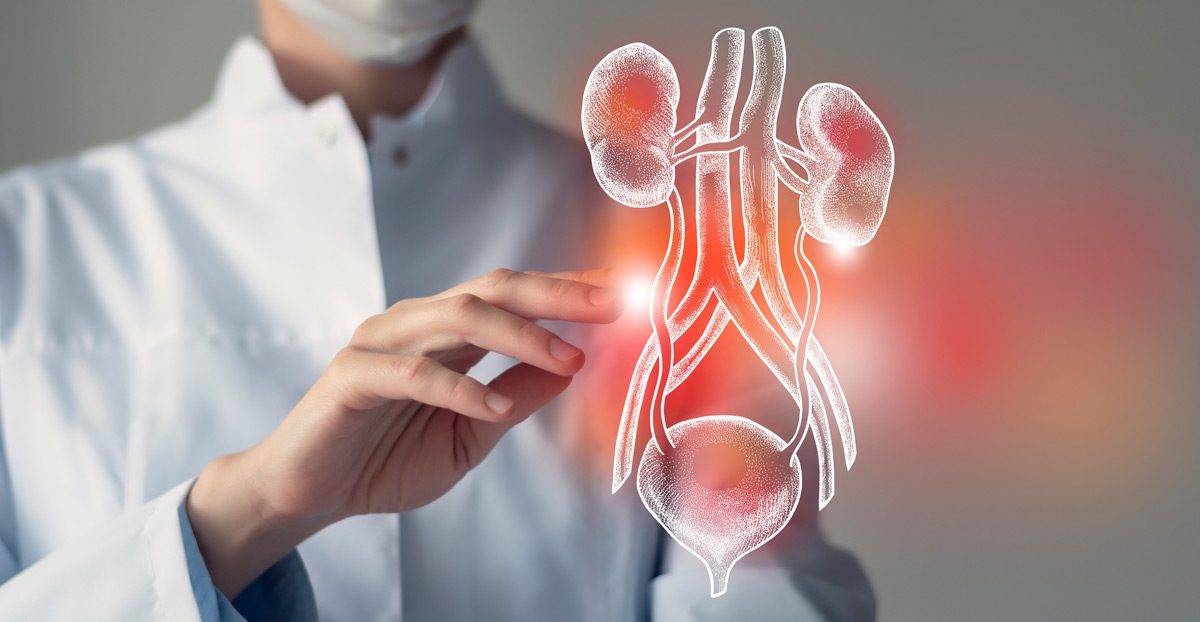

Bladder outlet obstruction (BOO) occurs when there is a blockage at the base of the bladder that restricts or stops the flow of urine into the urethra. This condition can cause difficulty with urination, urinary retention, and long-term bladder damage if left untreated. Treatment is based on the cause and severity of the obstruction and aims to relieve symptoms, restore urine flow, and prevent further complications.
Causes of Bladder Outlet Obstruction
BOO can result from several urologic conditions, including:
- Benign Prostatic Hyperplasia (BPH): Enlarged prostate pressing against the urethra.
- Urethral Strictures: Narrowing of the urethra from scarring or injury.
- Prostate Cancer: Tumor growth compressing the bladder neck or urethra.
- Bladder Neck Contracture: Scar tissue at the bladder opening.
- Neurologic Conditions: Affecting bladder muscle control and emptying.
- Previous Surgeries or Radiation: Leading to structural narrowing.

Diagnosis
A thorough urologic evaluation helps identify the source and severity of the obstruction:
- Urinalysis and Culture: To rule out infection or hematuria.
- Post-Void Residual (PVR): Measurement of urine left in the bladder after voiding.
- Cystoscopy: Direct visualization of the urethra and bladder neck.
- Uroflowmetry: Measures the rate and strength of urine flow.
- Urodynamic Testing: Evaluates bladder pressure and function.
Treatment Options
Treatment is determined by the cause of the obstruction, the degree of urinary dysfunction, and the patient’s health status.
Medications:
- Alpha Blockers: Relax the smooth muscle of the prostate and bladder neck (e.g., tamsulosin).
- 5-Alpha-Reductase Inhibitors: Reduce prostate size in cases of BPH (e.g., finasteride).
Minimally Invasive Procedures:
- Urethral Dilation or Internal Urethrotomy: For treating urethral strictures.
- Prostatic Urethral Lift (PUL): Lifts and holds the enlarged prostate tissue away from the urethra.
- Rezūm Therapy: Uses water vapor to shrink prostate tissue.
- Transurethral Resection of the Prostate (TURP): Standard surgical option for BPH.
- Robotic Simple Prostatectomy: For significantly enlarged prostates.
- Bladder Neck Incision (BNI): To relieve scar tissue narrowing at the bladder outlet.
- Urethroplasty: Reconstruction of narrowed urethra for long-term resolution of strictures.
Next Steps
If you’re experiencing symptoms such as a weak stream, difficulty starting urination, incomplete emptying, or frequent nighttime urination, schedule a consultation with a urologist. Prompt evaluation and targeted treatment can prevent complications such as urinary retention, infections, and long-term bladder damage. Individualized care ensures both symptom relief and preservation of bladder health.
